Are you aware of these dangerous health & safety myths?
Health & Safety Myths
Risk Ignorance and you risk it all
We have all heard the “myths” of health and safety such as children being banned from playing conkers in the playground due to flying debris which could cause an eye injury, trapeze artists requiring hard hats or candyfloss not being available on sticks any more in case consumers fall and impale themselves. All of these have been debunked by the HSE. However, there are some myths out there that are equally as dubious but far more dangerous:
- “Audits will uncover hazardous situations”
Are you sure? They are usually undertaken to assess management systems and their compliance. They tend not to look into each individual task and can miss bad practice that is taking place when auditors are not present.
Solution: Managers and supervisors regularly walking the shop floor on spec to oversee operations first hand and chat to workers. This not only means any bad practice can be seen first-hand and rectified quickly, but that workers will become used to seeing managers regularly making them more approachable. Be careful all the same; there is a fine line between monitoring and scrutinising.
- “If it sounds ridiculous it probably is”
Not always. Managers not allowing flip-flops to work does sound more like a personal preference rather than a practical control. The main cause of accidents in the workplace are slips, trips and falls. I know from personal experience that flip-flops can become lethal as they hold no grip on a wet tiled floor. They also come loose very easily – not very good for stairs.
Solution: Explain to staff why something is required along with the risks and the consequences of how non-conformance would be dealt with, the same applies to other controls that workers may not initially understand. Review training regularly to ensure workers understand why things are needed.
- “If nobody reports any incidents there obviously aren’t any”
Not really. A blank accident book and no reported incidents should set alarm bells ringing. It is very hard to believe that no worker has tripped over or dropped something ever.
Solution: Review reporting systems and ensure all staff are regularly updated with who to report to, how to report and when. They also need to know what needs reporting. A review of culture to ensure staff feel safe reporting incidents and are not in fear of reprisals. Are your management team approachable?
- “We’ve always done this process the way it is now and so why fix it – nobody has been hurt so far”
Technology and systems change. They have to in order to keep up with progress in any field. Everything needs to be bigger, faster, stronger and better than the opposition. With these procedures, training and competence needs to be reviewed regularly and assessed as to whether processes are suitable and sufficient. Just because nobody has been hurt doesn’t mean they won’t be.
Solution: Involve workers in reviews, ask for feedback, check systems, make changes even if it means spending money. Worker safety should be a priority.
It really all comes back to Plan, Do, Check, Act to ensure you do not fall into the trap of making dangerous assumptions. Mythology is not all it’s cracked up to be!
Victoria Hughes

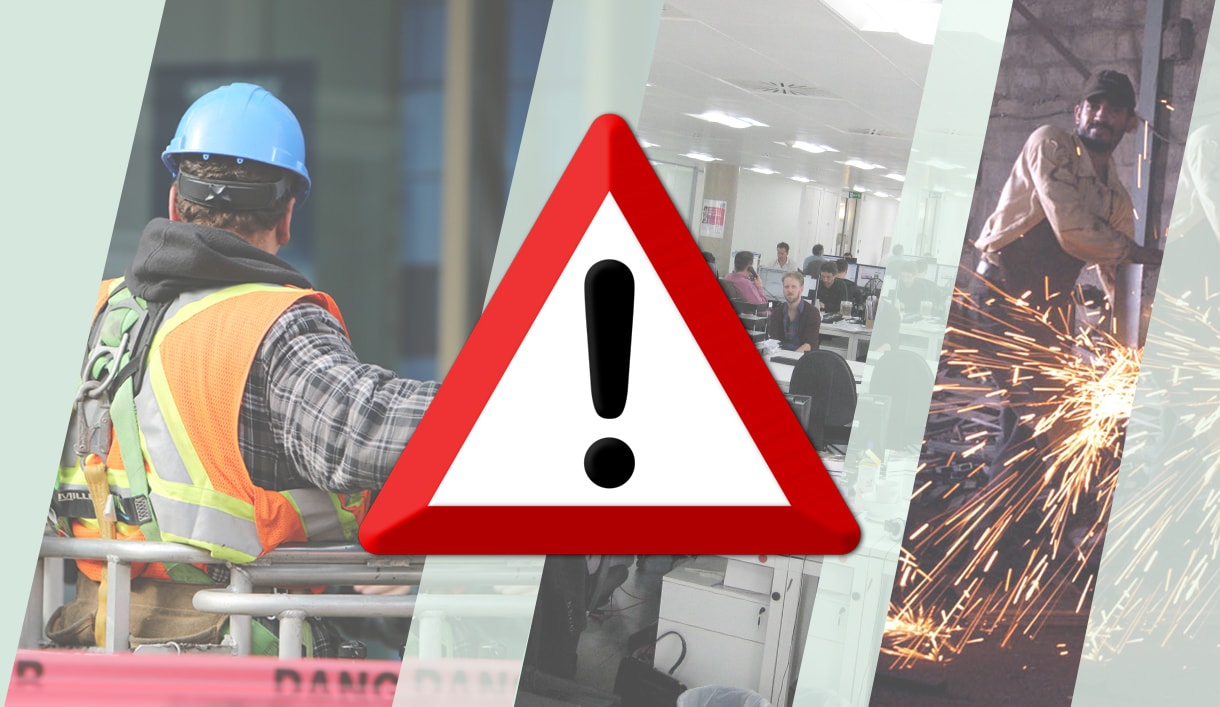
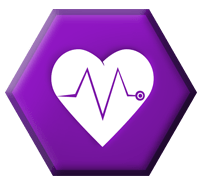

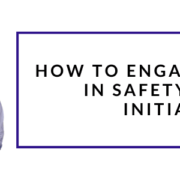
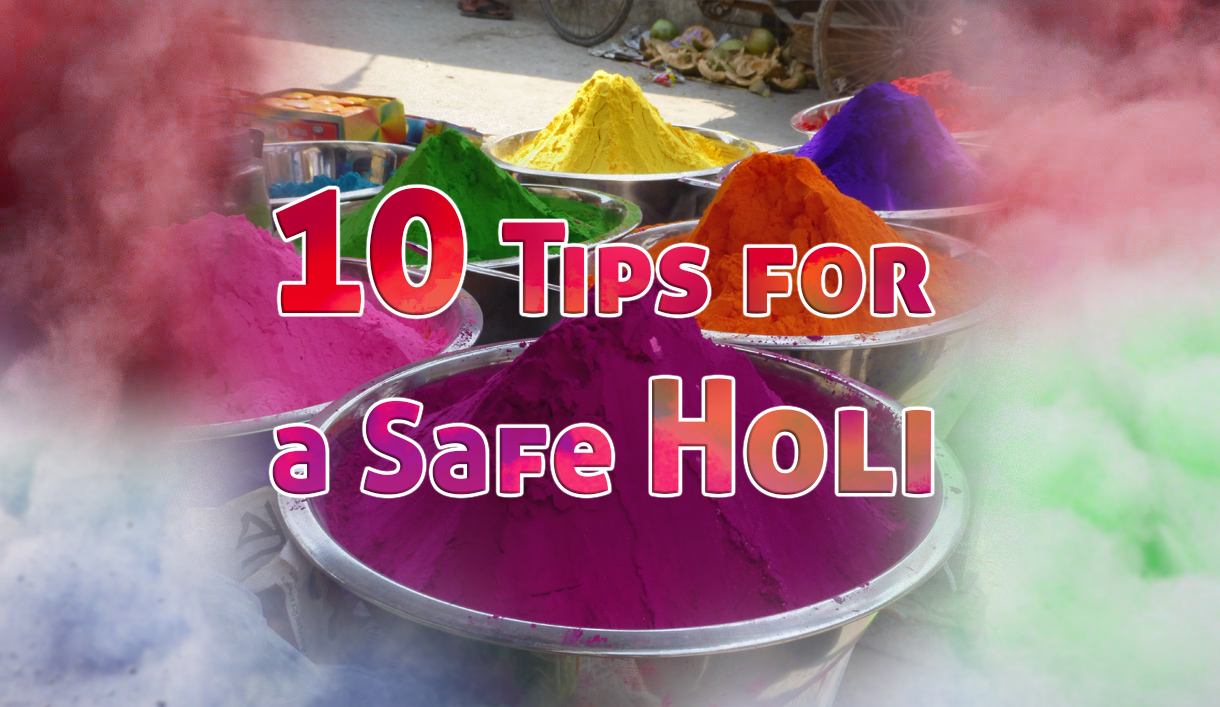
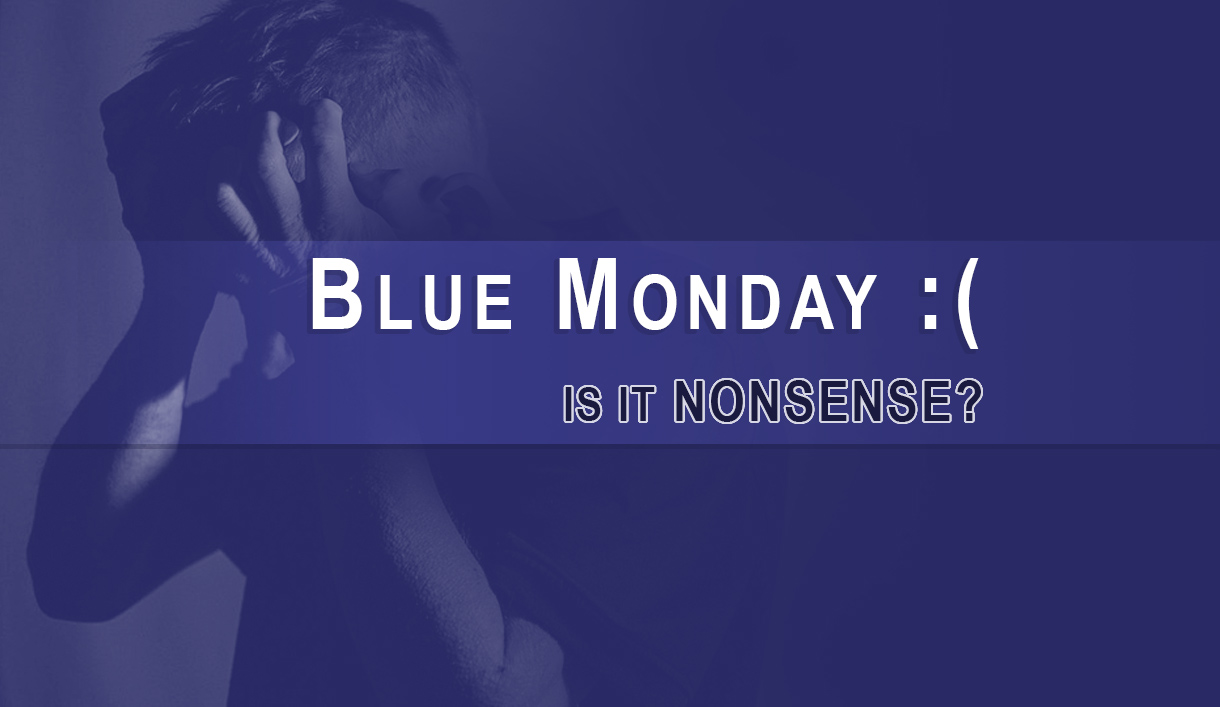
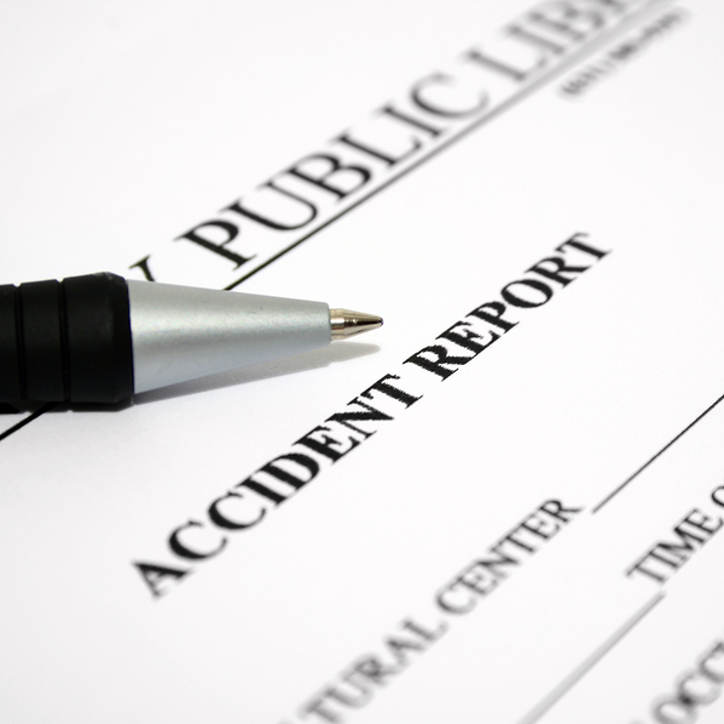
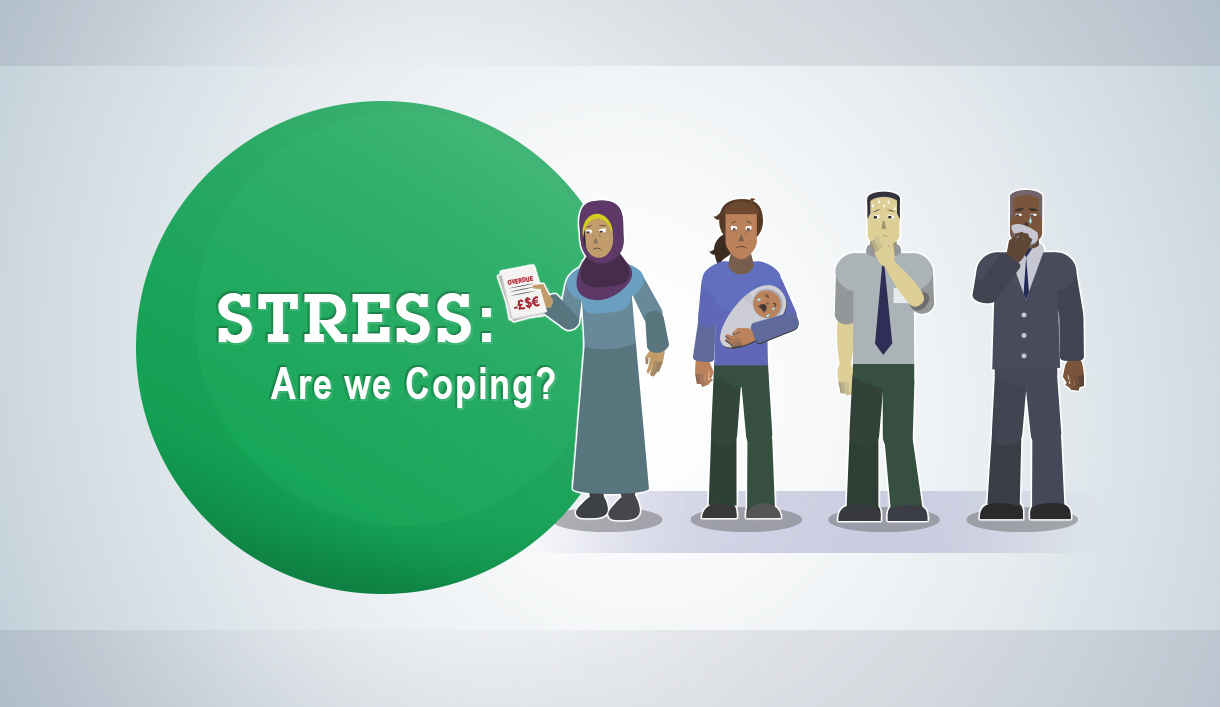
Leave a Reply
Want to join the discussion?Feel free to contribute!